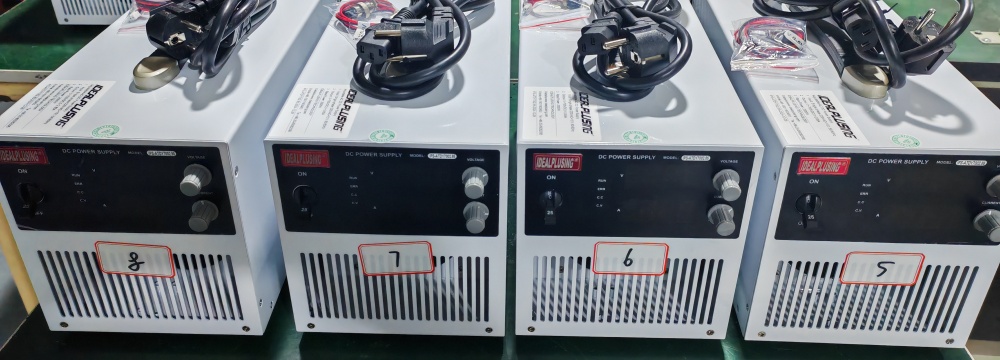When using an adjustable power supply, a common question is: should the voltage be adjusted first or the current? This question seems simple, but it actually involves many aspects such as the working principle of the power supply, load characteristics, and experimental requirements. This article will explore this issue in depth and give corresponding analysis and suggestions.
Basic characteristics and working principle of adjustable power supply
As the name suggests, an adjustable power supply refers to a power supply device that can flexibly adjust the output voltage and current. It usually consists of a power transformer, a rectifier circuit, a filter circuit, and a voltage stabilization circuit. By adjusting the parameters of these circuits, the output voltage and current can be accurately controlled.
In the working process of an adjustable power supply, voltage and current are interrelated. According to Ohm's law, voltage is the product of current and resistance. Therefore, under a given load resistance, adjusting the voltage will directly affect the current, and vice versa.

Adjust voltage first or current first: analysis of influencing factors
Load characteristics
The characteristics of the load are one of the key factors in determining whether to adjust the voltage or current first. For a purely resistive load, the voltage and current are proportional, so the voltage can be set first and then the current can be adjusted as needed. However, for inductive and capacitive loads, the relationship between voltage and current becomes complicated due to phase difference and impedance change. In this case, it may be necessary to adjust the current according to the impedance characteristics of the load first, and then further adjust the voltage to achieve the required power output.
Experimental requirements
Experimental requirements are also an important factor in determining the adjustment order. In some experiments, the current needs to be precisely controlled to avoid damage to the load. At this time, the current should be adjusted to a safe range first, and then the voltage should be gradually adjusted. In other experiments, the stability of the voltage may be more concerned. At this time, the voltage can be set first, and then the current can be fine-tuned to meet the experimental requirements.
Power supply performance
The performance of the adjustable power supply will also affect the choice of adjustment order. Some high-performance adjustable power supplies have the ability to respond quickly and accurately, and can adjust the voltage and current at the same time to meet complex experimental requirements. For some lower-performance power supplies, it may be necessary to stabilize one parameter (such as voltage) first, and then gradually adjust another parameter (such as current) to ensure the stability of the output.
Practical operation suggestions
In actual operation, we can decide whether to adjust the voltage or current first according to the following suggestions:
1.Understand the load characteristics: Before using an adjustable power supply, you should fully understand the impedance characteristics and power requirements of the load. For purely resistive loads, the voltage can be set first, and then the current can be adjusted as needed; for inductive and capacitive loads, it is necessary to flexibly adjust according to the specific situation.
2. Clarify the experimental requirements: According to the specific requirements of the experiment, determine the parameters that need to be controlled first. If the experiment has strict requirements on the current, the current should be adjusted first; if the voltage stability is more concerned, the voltage can be set first.
3. Make full use of the power supply performance: According to the performance characteristics of the adjustable power supply used, select the appropriate adjustment sequence. If the power supply has the ability of fast response and precise control, the voltage and current can be adjusted at the same time; if the power supply performance is low, it may need to be adjusted in steps.
Case analysis
In order to better illustrate the question of whether to adjust the voltage first or the current first, we can give an example of practical application. Suppose that when conducting an LED lamp bead driving experiment, an adjustable power supply is needed to provide a stable power supply for the LED. In this case, since the LED lamp bead has a high requirement for the stability of the current to avoid overheating and damage, the current should be adjusted to the rated operating current range of the LED first, and then the voltage should be adjusted step by step to achieve the required brightness. This ensures that the LED operates stably under safe working conditions.
Summary
To sum up, there is no fixed answer to the question of whether to adjust voltage or current first. It depends on multiple factors such as load characteristics, experimental requirements, and power supply performance. In practical applications, we should flexibly choose the adjustment order according to the specific situation to ensure the safety and accuracy of the experiment.







